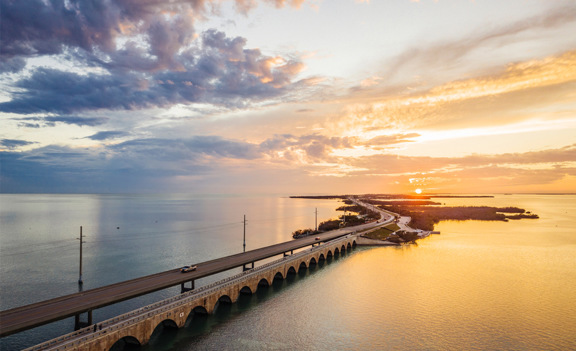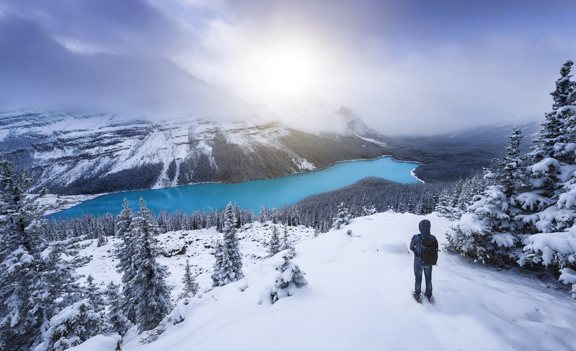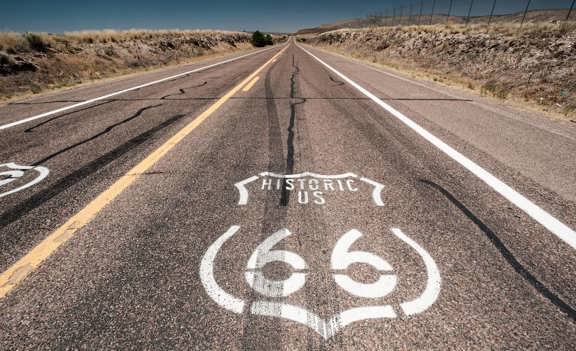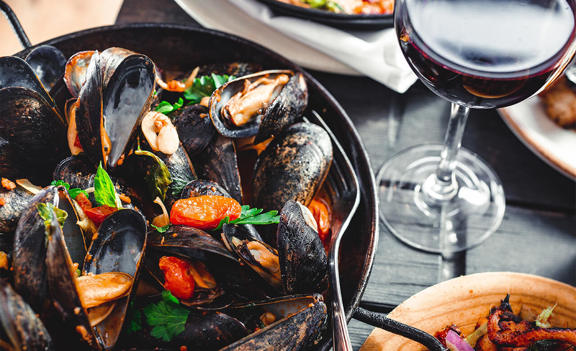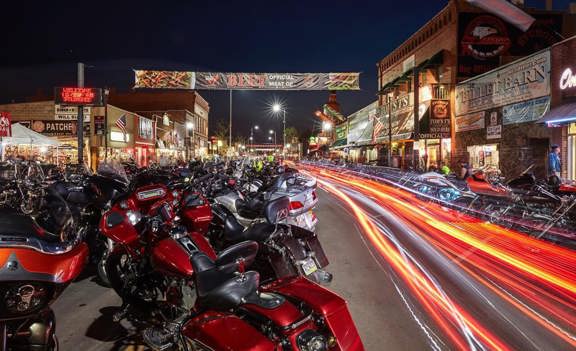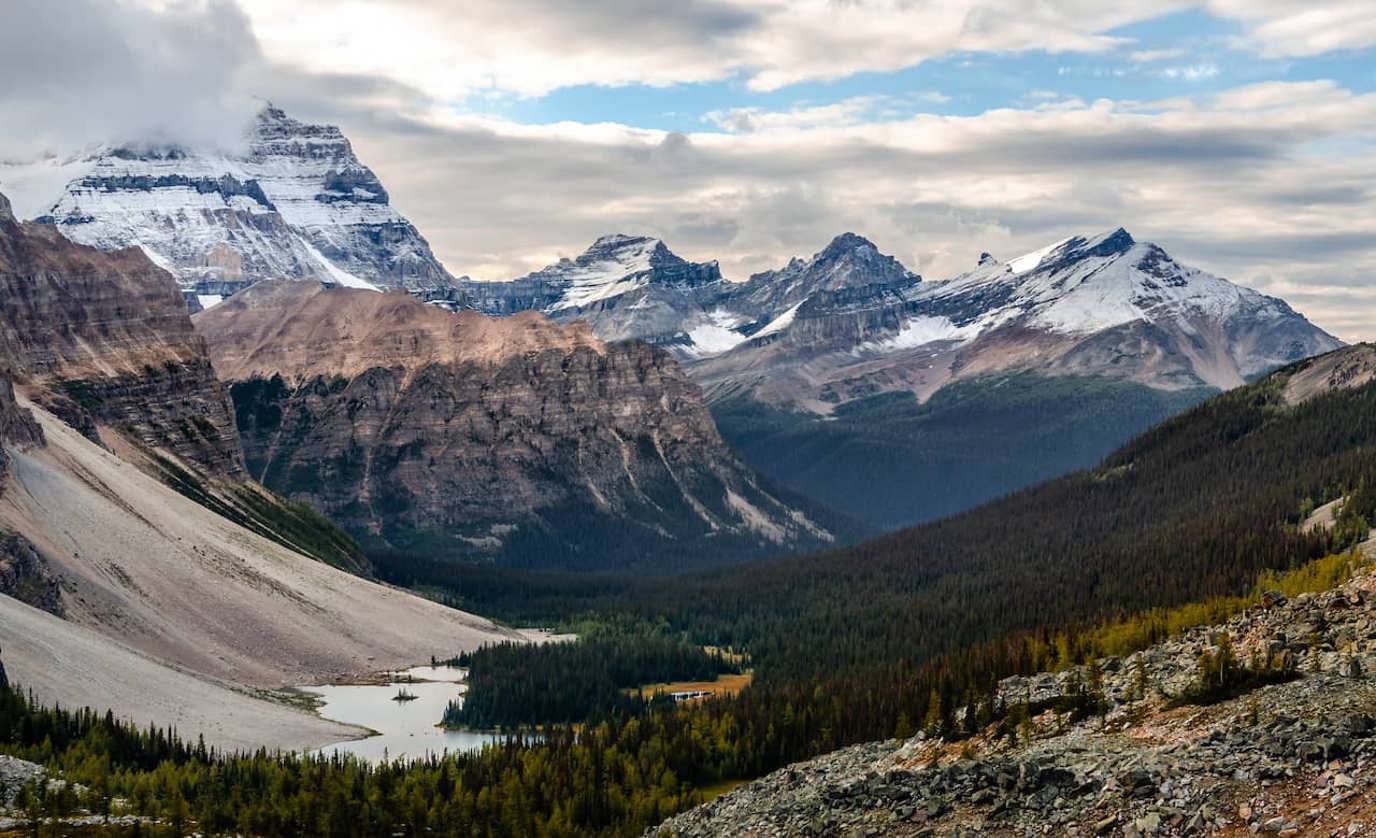
The Biggest Differences Between Camping in Canada & America
ShareTake gorgeous natural scenery, mix in some freshly crisp air, and sprinkle in a sense of adventure, and you’ve got the standard recipe for an awesome camping trip. No matter where you go, enjoying time in untouched natural surroundings is fairly similar (and a wonderful time).
But, camping in Canada does come along with a few key differences that Americans and other foreign visitors might want to be aware of. In this article, you’ll learn all about those differences, how to plan for them, and why a Canada camping trip should be on your calendar.
Fuel Costs in Canada vs. America
Your first big difference about Canadian camping is one that you and your wallet will want to know about. Gas prices are significantly higher at Canadian gas stations compared to their American counterparts. While gas prices are always in flux, you can expect to pay anywhere between 25-50% more than current American standards.
It takes about 55 gallons to fill up a typical RV gas tank. So even a 25% bump in fuel costs can be a significant strain on your budget. Do what you can to conserve fuel, like packing light, lowering the AC, and maintaining a smooth ride.
Entry Fees at State and Provincial Parks
While we’re talking about budgeting, now would be a good time to get into the difference between Canada's and America’s park entry fees. Both countries offer affordable entry, but America’s prices vary widely while Canada’s are standard across all national parks.
In the U.S., the majority of all national parks are free to enter. But some range in fees from $5-$35 per visit. Meanwhile, Canada has a standard $10 CAD per night rate across the board. Neither will break the bank, but you may end up spending a bit more in Canadian parks.
In each country, those fees go towards the upkeep of the beautiful landscapes you’ve traveled so far to see. So rest assured that in either case, it’s money well spent!
Friendly People
There’s no way to objectively measure this next difference, but it seems like a universally accepted truth that Canadians are polite and friendly people. Waving or saying hello to strangers may be more common in Canada.
A recent study also found that Canadian Twitter users are the friendliest in the world and engage in over 9 times as many conversations as other nations. You may also have heard stereotypes and jokes over the years about Canadian politeness and saying “sorry” more often than Americans do. Is there any truth to these stereotypes? You’ll have to visit yourself and find out!
Familiar Chain Stores May be Absent
Your favorite franchise might not be there to supply your Canadian camping trip. Unfortunately, you’ll be hard-pressed to find some American favorites like Trader Joe’s or Target on the road. But, Canada has plenty of its own local favorites you probably know. Make sure to stop at a Tim Horton’s. That’s Canada’s most popular chain donut shop (and a serious upgrade from its American counterpart). If you’re in the mood for shopping, you could try popular Canadian clothing brands. Pick up a toasty warm down jacket from Canada Goose or some athleisure wear from Lululemon.
Older Hookups or No Hookups in Some Canadian Parks
The condition of park amenities will vary no matter which country you’re in. But some veteran campers say that provincial Canadian parks tend to have outdated equipment or lower amperage hookups compared to the U.S. You’ll also find many more parks with no hookups whatsoever being the standard.
This can be a perk for campers who prefer primitive-style trips or staying as attuned with nature as possible. But, make sure you plan accordingly and keep an eye on your electric and water usage.
You’d Better Know the Metric System
Like most places in the world that enjoy mathematical systems that actually make sense, Canada uses the metric system. Signage will reflect that accordingly, meaning every distance marker and road sign will be listed in kilometers rather than meters. Brochures or park information may or may not list temperatures in Fahrenheit as well.
Here’s a quick cheat sheet for Americans to help you get your bearings. The numbers have been rounded slightly for easy referencing rather than perfect accuracy.
| Imperial | Metric |
| 1 mile | 1.5 kilometers |
| 60 MPH | 100 KPH |
| Room temperature (68-72 degrees F) | 20-22 degrees C |
| 1 pound | .5 kilograms |
Boondocking is more difficult
If you’re interested in boondocking or “dry camping,” you’ll have a harder time finding parks that allow it in Canada. There’s essentially a nationwide ban on boondocking in city, state, or provincial parks everywhere. But on public land, boondocking is tolerated. So if you’d like to get in touch with your wild side on your trip, make sure to check the park’s rules first.
Want to see what the differences are for yourself? Cross the northern border in style and comfort with one of Cruise America’s RV rentals, the best way to roam there is.
